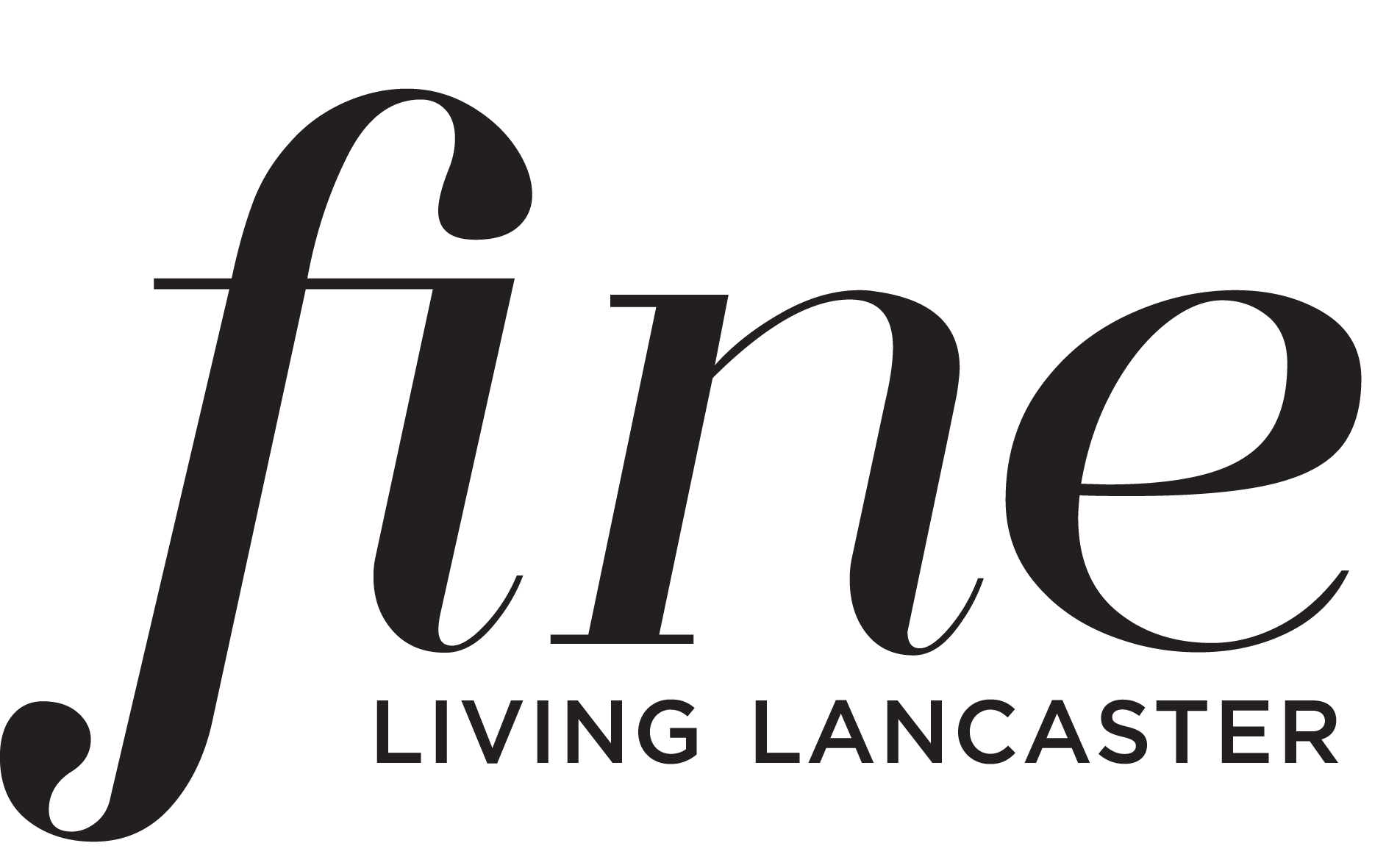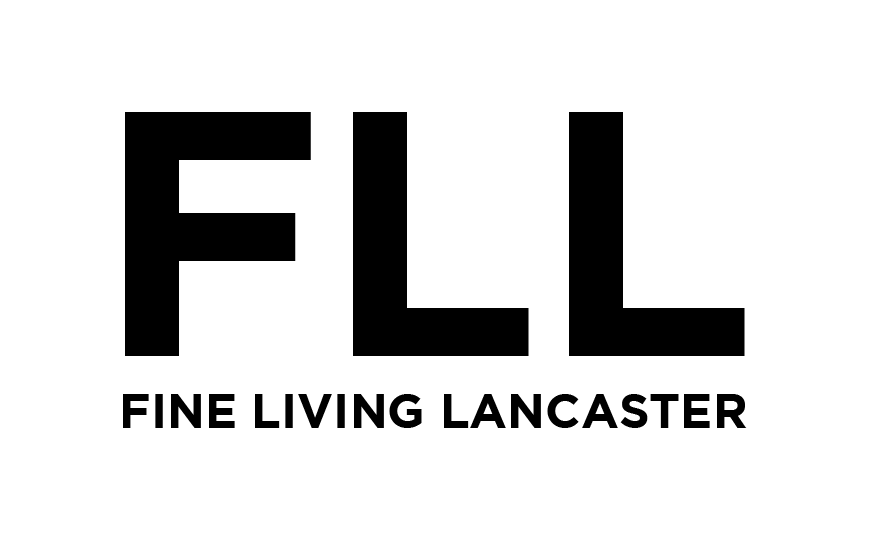Lunch with Melissa Lane, Ph.D., Geologist
It’s called the Baader-Meinhof Phenomenon (also known as the frequency illusion). We have all experienced it. You buy a certain brand of car—a Jeep, for instance—and you then begin to notice all the Jeeps on the road. For me, it began with an initial interview for this column.
In conducting interviews with women who work on the educational side of STEM development about the highly touted science, technology, engineering, and mathematics career path for women, I encountered (and yes, I will sound very naïve here) evidence of sexism. Stories were shared about women struggling, not while earning their degrees, but post-graduation, in these traditionally male dominated fields. I was so astonished by the stories that on the way home from the interview I called my 22-year-old, almost college grad daughter and asked her if she had heard stories of sexism in these fields. She laughed; she thought I was joking or being sarcastic. I wasn’t.
I was ignorant of the realities women of all ages face each and every day. I thought that these battles had been won; legally and for the most part, culturally, eliminated in the workplace. I realized: just because I did not personally experience them, did not mean they didn’t exist. Then the Baader-Meinhof phenomenon flooded my reality, from people randomly sharing their stories of sexism, to Facebook posts on the issue, to a litany of articles in periodicals ranging from the Economist to Cosmopolitan. Anecdotal and statistical evidence presented itself like endless rows of flashing billboards. Even President Trump engaged in the phenomenon when, in March, he signed Congressional bills HR 321 and HR 255. Each bill was designed to encourage women to enter and stay in the STEM fields. Obviously, the Universe wanted me to learn something here. It was time for me to find an experienced and respected women working in the STEM field, and once and for all, get the truth. No alt truth here; only real, science truth.
So, meet FLL’s expert: Melissa Lane, who holds a Ph.D. in Geology from Arizona State. Her specialty is planetary science and remote sensing. She works for the Planetary Science Institute funded by NASA. Honestly, during the first twenty minutes of our conversation, I was totally baffled by her explanation of what she does for a living. It involves spacecraft, heat, wavelengths, and mineral fingerprints. She finally simplified it all for me by saying that her specialty is mid-infrared or thermal wavelengths, which help identify valuable minerals on asteroids and planets.
Realizing that she had overwhelmed me a bit with all these science details, she redirected and shared the details of how she had wandered into the field. She’s a Garden Spot High School graduate who enjoyed performing in dramas and musical and playing the cornet in her school’s band. She entered Franklin & Marshall College as a pre-med student. (She admits that she likely made that decision because it was what she knew. Her dad was an M.D. and her mom, a nurse.) But, when she needed another science credit in her schedule, she enrolled in geology because of the field trips in the course. It is in that geology course that she found her calling.
“I just fell in love with the curriculum,” she says. “It was interesting and easy.” (Writer’s note: “Easy” is a relative term when you are speaking to a super smart scientist like Dr. Lane.)
After graduating with a geology degree and marrying a Marine, she found herself in North Carolina with no real idea of what to do next. She admits, “Grad school unfolded bit by bit. I didn’t map it and really, my professional life is still evolving.” She walked onto the Duke University campus, found the science department, and talked herself into research tech jobs for both the geology and the biology departments. She watched the male students she worked with earn their doctoral degrees, helped them with their research, and decided, “If they can do it, so can I.”
With a NASA space grant and a full-ride to Arizona State, she earned her Ph.D.. NASA’s hope was to put skills like hers to use to study the planet Mars and other minerals on asteroids that could detect life in the solar system. This made her a valuable commodity. Her love of space and working with planetary missions inspired her to apply to become an astronaut. She was one of only 120 applicants interviewed in 2000 and, disappointingly, shares she was not selected. “Almost everyone hired that year were pilots, not scientists. Remember the ‘S’ in NASA stands for space, not science.” Life continued to unfold, her new marriage and a baby boy, but the science did not stop.
During our interview, Melissa’s excitement for science seemed palpable. She shared with me her experiences of working for eight weeks in the remote and physically demanding Antarctic, sleeping in tents, thriving in the elements, and ecstatically looking for meteors amongst the snow and ice. (She tells me that every single day, space debris flies into our atmosphere… it’s just easier to find in the conditions of Antarctica.) She also shares a lovely story of a female astronaut (Candy Coleman) who saw Melissa carrying her young son at a planetary science conference, and had a high chair delivered to the hotel room to make it easier for Melissa to both work and parent her young child. But, then I ask the question—have you ever experienced any difficulties being a woman in a STEM field?
A pause, a sigh, and then: “I’ve been dealing with these problems for so long. Every woman in my field has had an encounter that has soured them. Even if you have the best boss and colleagues, there are often unintentional microaggressions. They don’t even know what they are saying or doing. For instance, let’s say there is an impromptu meeting at the bar down the street at 5 o’clock. All the guys can go, but you are expected to pick your child up. What do you do? Miss out on being a part of the meeting and miss information camaraderie and opportunities? Or not pick up your child? And, that’s not just STEM fields; all women in every career are overlooked or underappreciated.”
She continues, “Every year, I’m asked to be a part of encouraging girls into STEM careers, and I’ll happily do it. But, I’ve decided I am going to talk about the elephant in the room—sexism. You have to be intrepid to stick it out.”
“Women are encouraged into these professions, but there is very little to support and keep them in,” Melissa explains. “Something is wrong with the system.” This very smart woman is right. As I reread the Trump-signed bills, they are designed to encourage females to enter the fields, but they do not detail how to support and retain these women. That is going to have to developed through some very honest and difficult conversations.
Perhaps, if we are going to be truthful, we should add an ‘I’ to the STEM acronym. I for Intrepid. As Dr. Lane insists, “It would be a disservice to not talk about it.”








